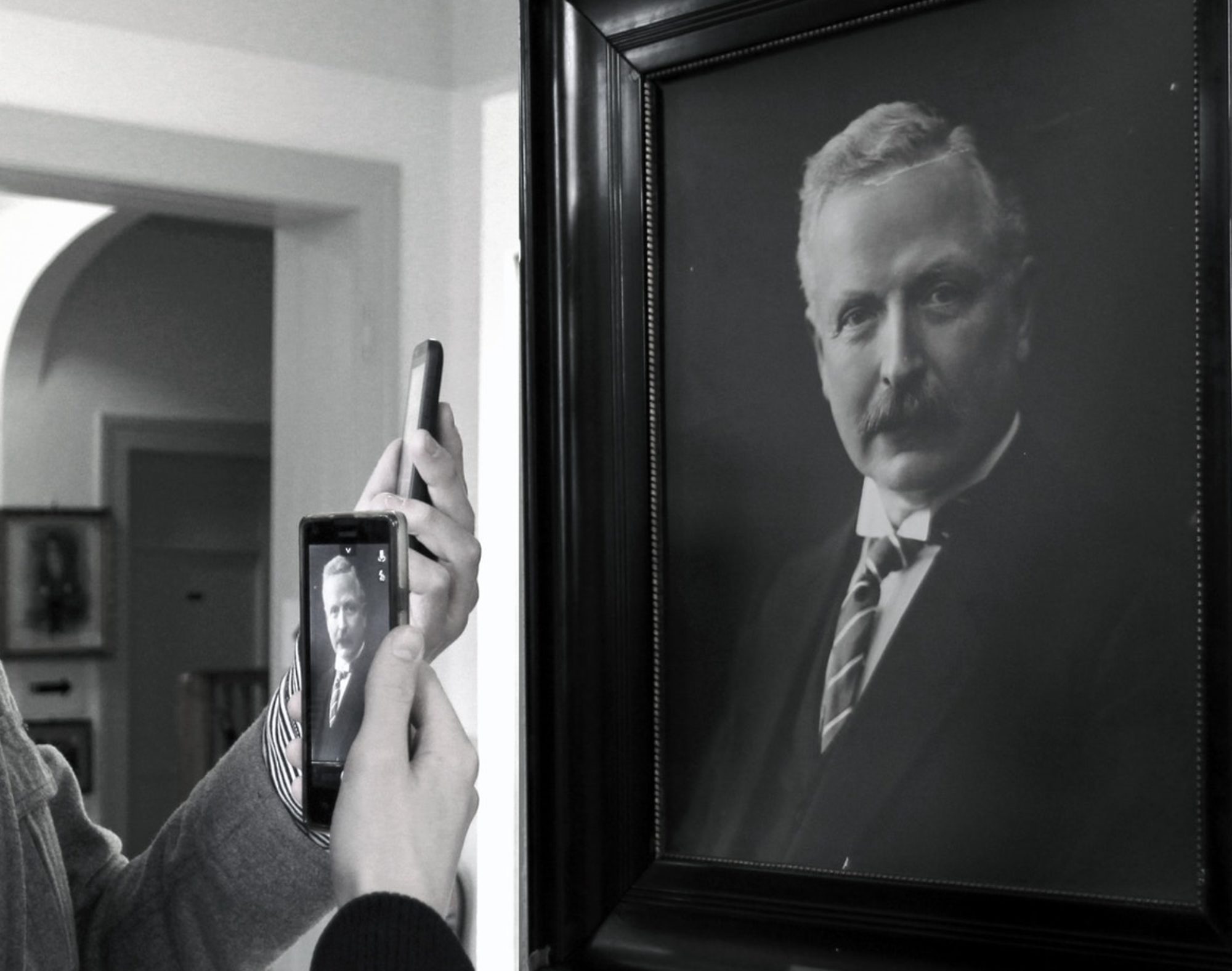On July 26, 1948 President Harry Truman signed Executive Order 9981 to desegregate the armed forces of the United States. He explained: “it is essential that there be maintained in the armed services of the United States the highest standards of democracy, with equality of treatment and opportunity for all those who serve in our country’s defense.” The United States armed forces had a long history of racial segregation until that point in time, but Truman recognized the country needed to foster greater levels of equality in the military if it was to face down the Soviet Union in the impending Cold War. 69 years later, to the day, President Donald Trump declared that transgender people could no longer serve in the United States military.
Trump’s actions undermine our progress as a country and a people – the most impactful nations have been tolerant of the ‘other,’ just as the most successful companies embrace true diversity.
We cannot succumb to fear of other people because they are different – diversity makes our countries and companies stronger. Luckily, history offers many examples that demonstrate the power of diversity.
By 1279, the Mongol empire started by Genghis Khan stretched from the Pacific Ocean in the east to the Mediterranean Ocean in the west. Not only is the Mongol empire remembered as one of the largest in terms of land area the world has ever seen, it was also remarkably tolerant for its time. Because the Mongols were nomadic and had no experience managing settled towns and cities, they chose to create an inclusive political culture that kept very different groups of conquered people running their own affairs. The Mongols were able to maintain their massive empire by embracing the vast cultural and religious diversity of the civilizations they integrated.
When it came to matters of war and politics, the Mongols often convened an impartial council called a kurultai to bring disparate tribes together and make important decisions. In a similar vein, successful product-oriented companies leverage a Product Council that incorporates diverse perspectives from various department leaders to help make strategic decisions. Essentially, the product leader presents a list of prioritized, strategic options that support the business to the Council. Then, leaders of the different departments (Sales, Marketing, Operations, Customer Success, Engineering, and the CEO) sitting on the Council collaborate and help decide which ideas are worth pursuing.
Successful Product Councils work because they foster healthy discussion across diverse perspectives. For example, Sales might really want a new feature that will allow the company to expand into a new market. But Customer Success knows that same, awesome new feature will also result in a substantial increase in support-related calls. The best Product Councils navigate these diverse viewpoints to make good strategic decisions, like the Mongolian kurultai.
But the most successful companies foster more than just diverse perspectives – they assemble teams with varied experiences and cultural backgrounds. According to Fortune Magazine, “the 50 companies on the 2016 Best Workplaces for Diversity list average 24% higher year-over-year revenue growth than non-list winners.” This is strong evidence that building a culture of inclusiveness has a tangible impact on a company’s bottom line. But, there is more to this story; simply hiring people with diverse backgrounds does not mean a company will realize financial gain. There must be a cultural focus on mutual respect as well.
One of the most influential modern companies, Google, recently completed a large-scale research project (called Project Aristotle) aimed at uncovering the secrets behind optimal team performance. After analyzing vast amounts of data looking for patterns among the highest performing teams across the company’s 57,000+ employees, one commonality rose to the top. Termed psychological safety, Project Aristotle found that the most effective teams at Google created an environment where people felt safe to speak up and share ideas. As The New York Times noted, “Google’s intense data collection and number crunching have led it to the same conclusions that good managers have always known. In the best teams, members listen to one another and show sensitivity to feelings and needs.”
To unlock the full benefits of diversity, a company or country must value a culture of mutual respect toward diverse ethnic, cultural, religious, sexual, and political backgrounds. Only then can a truly great vision be achieved.
President Truman understood the United States military had to be desegregated so it could convincingly make the case to the world that American democracy offered equal opportunity for all and was preferable to Soviet communism. The Mongol empire was held together by its inclusive political and social culture. The most successful companies today attract people from varied backgrounds and create an environment that values diverse perspectives.
The lessons of history teach us we are stronger together.
Adam F. Caplan is the product leader at a rapidly growing digital healthcare IT company.




